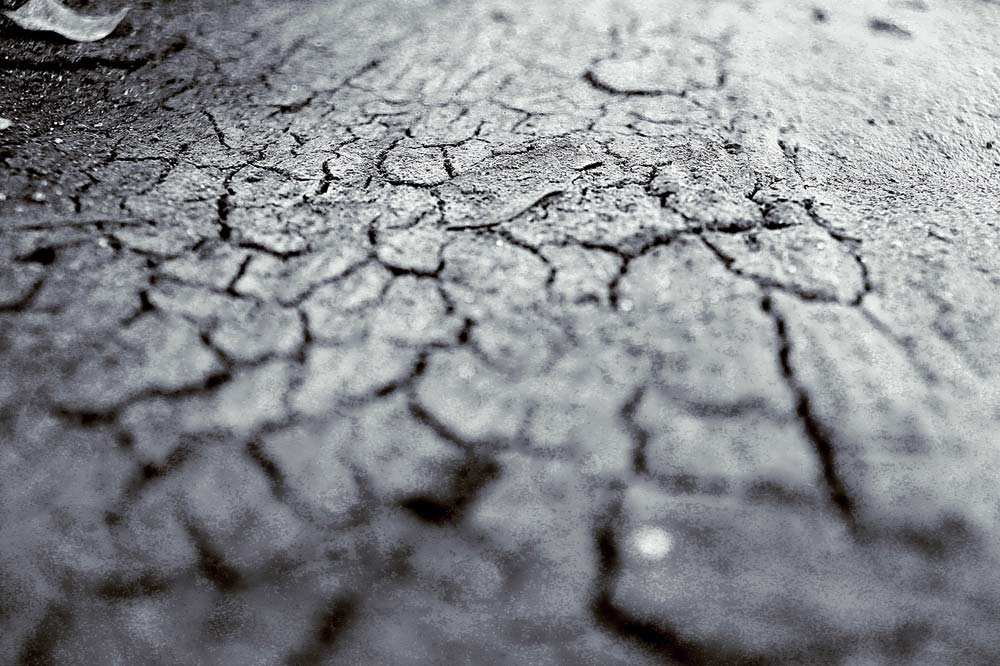Water scarcity is a pressing global challenge affecting billions of people and ecosystems worldwide. Rapid population growth, climate change, and unsustainable water management practices have exacerbated this crisis. However, technology offers a ray of hope in the quest to address water shortage issues. This article explores the pivotal role that technology can play in combating water scarcity, highlighting innovative solutions, and examining key areas where technological advancements can make a significant impact.
I. Understanding Water Scarcity
To comprehend the significance of technology in combating water shortage, it is crucial to understand the causes and consequences of this crisis. This section provides an overview of water scarcity, its root causes – including population growth, climate change, and inadequate water management – and the far-reaching consequences it entails, such as compromised health, agricultural challenges, and ecological degradation.
II. Technological Solutions for Water Supply
A. Water Infrastructure and Management Efficient water infrastructure and management systems are crucial for meeting water demands sustainably. This subsection explores technological advancements in water supply systems, including water treatment and purification, desalination, water recycling and reuse, and smart metering. It also delves into integrated water resource management approaches, such as watershed management and water allocation models, that optimize water distribution and minimize wastage.
B. Rainwater Harvesting and Stormwater Management Capturing and utilizing rainwater and managing stormwater runoff can help alleviate water scarcity. This part examines innovative rainwater harvesting techniques, such as rooftop collection systems, storage tanks, and underground reservoirs. It also explores stormwater management technologies, including green infrastructure, permeable pavements, and bioswales, which mitigate flooding, recharge groundwater, and enhance water availability.
C. Groundwater Management Groundwater plays a vital role in meeting water needs worldwide, but overextraction and contamination pose significant challenges. This subsection discusses technological solutions for sustainable groundwater management, including artificial recharge techniques, groundwater monitoring systems, and modeling tools that aid in assessing aquifer health and regulating groundwater use.
D. Water-efficient Agriculture Agriculture accounts for a substantial portion of global water consumption. This part explores technological innovations in precision irrigation, drip irrigation systems, sensor-based irrigation scheduling, and agricultural practices such as conservation agriculture and agroforestry. It also discusses the use of remote sensing and data analytics for optimizing crop water use efficiency and reducing agricultural water requirements.
III. Technological Innovations for Water Conservation
A. Smart Water Management Systems Smart water management systems integrate sensors, data analytics, and real-time monitoring to optimize water use, detect leaks, and enhance efficiency. This section explores the applications of Internet of Things (IoT), artificial intelligence (AI), and machine learning in smart water networks, leak detection, and water demand management. It also examines smart irrigation controllers, water-efficient fixtures, and consumer water-use monitoring devices that promote water conservation at the individual level.
B. Water Loss Prevention and Leakage Detection Water loss due to leaks is a significant contributor to water scarcity. This subsection discusses innovative technologies, such as acoustic leak detection systems, satellite-based leak detection, and advanced metering infrastructure (AMI), which enable proactive leak identification and reduce non-revenue water losses.
C. Wastewater Treatment and Reuse Wastewater treatment and reuse can alleviate water scarcity by augmenting water supplies. This part explores technological advancements in wastewater treatment, including membrane filtration, biological processes, and advanced oxidation. It also examines water reuse systems for non-potable applications such as irrigation, industrial processes, and groundwater recharge.
D. Water Education and Awareness Technology plays a crucial role in raising awareness and educating individuals about water conservation practices. This subsection explores the use of mobile applications, gamification, virtual reality, and social media platforms as tools to engage communities, promote behavioral change, and foster a culture of water conservation.
IV. Overcoming Challenges and Future Outlook
A. Affordability and Accessibility Ensuring the affordability and accessibility of water technologies is critical, particularly in marginalized communities. This section examines the need for cost-effective solutions, innovative financing models, and technology transfer programs to bridge the gap and enable equitable access to water-saving technologies.
B. Policy and Governance Effective policy frameworks and governance structures are essential for the successful implementation of water-saving technologies. This subsection discusses the importance of regulatory frameworks, incentives, and international cooperation in promoting technology adoption, supporting research and development, and creating an enabling environment for sustainable water management.
C. Integration and Synergies Harnessing the full potential of technology to combat water shortage requires an integrated and synergistic approach. This part explores the need for interdisciplinary collaboration, public-private partnerships, and knowledge-sharing platforms that facilitate the exchange of ideas and foster innovation across sectors.
D. Emerging Technologies and Future Trends The article concludes by highlighting emerging technologies, such as nanotechnology, solar-powered desalination, fog harvesting, and atmospheric water generation, and their potential to address water scarcity challenges. It emphasizes the importance of continued research and development, capacity building, and global commitment to creating a water-secure future.
Conclusion
Water scarcity poses significant threats to ecosystems, economies, and human well-being. However, by embracing technology-driven solutions, we can combat this crisis and create a sustainable water future. From water supply and management to conservation and reuse, technological innovations offer promising tools and approaches to address water shortage challenges. To achieve widespread impact, it is crucial to ensure affordability, strengthen governance, foster collaboration, and prioritize equitable access to water-saving technologies. By harnessing the power of technology and adopting a holistic approach, we can overcome water scarcity, preserve this precious resource, and secure a water-secure future for generations to come.



